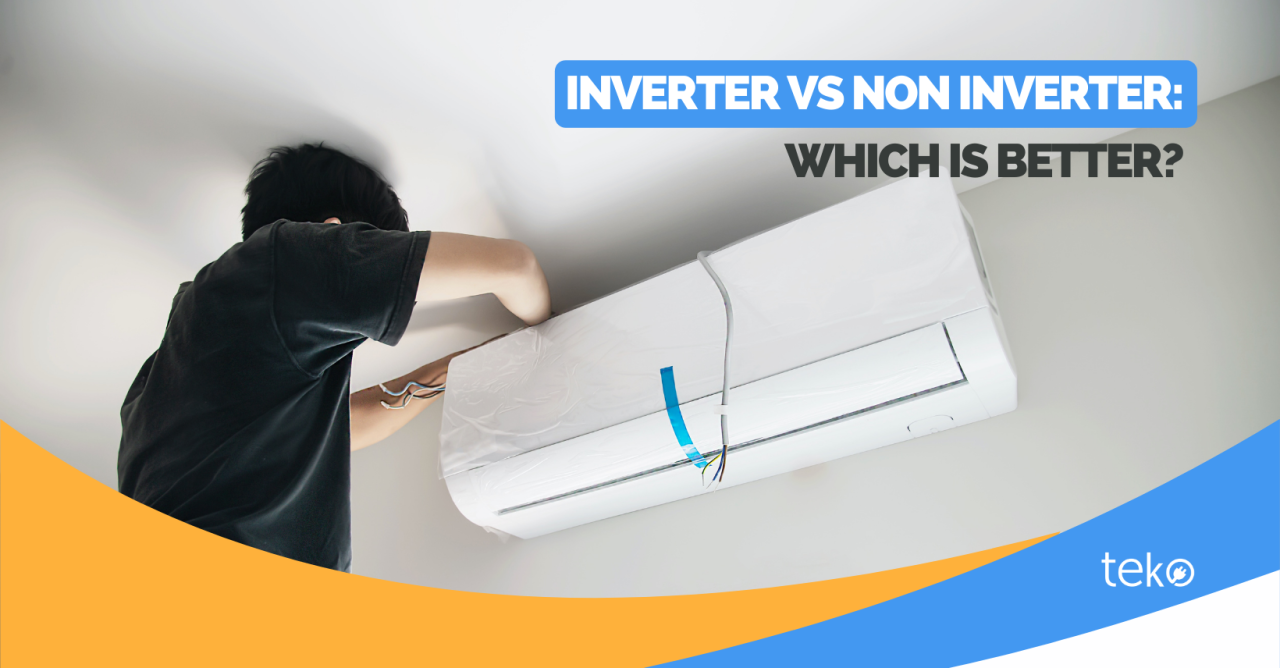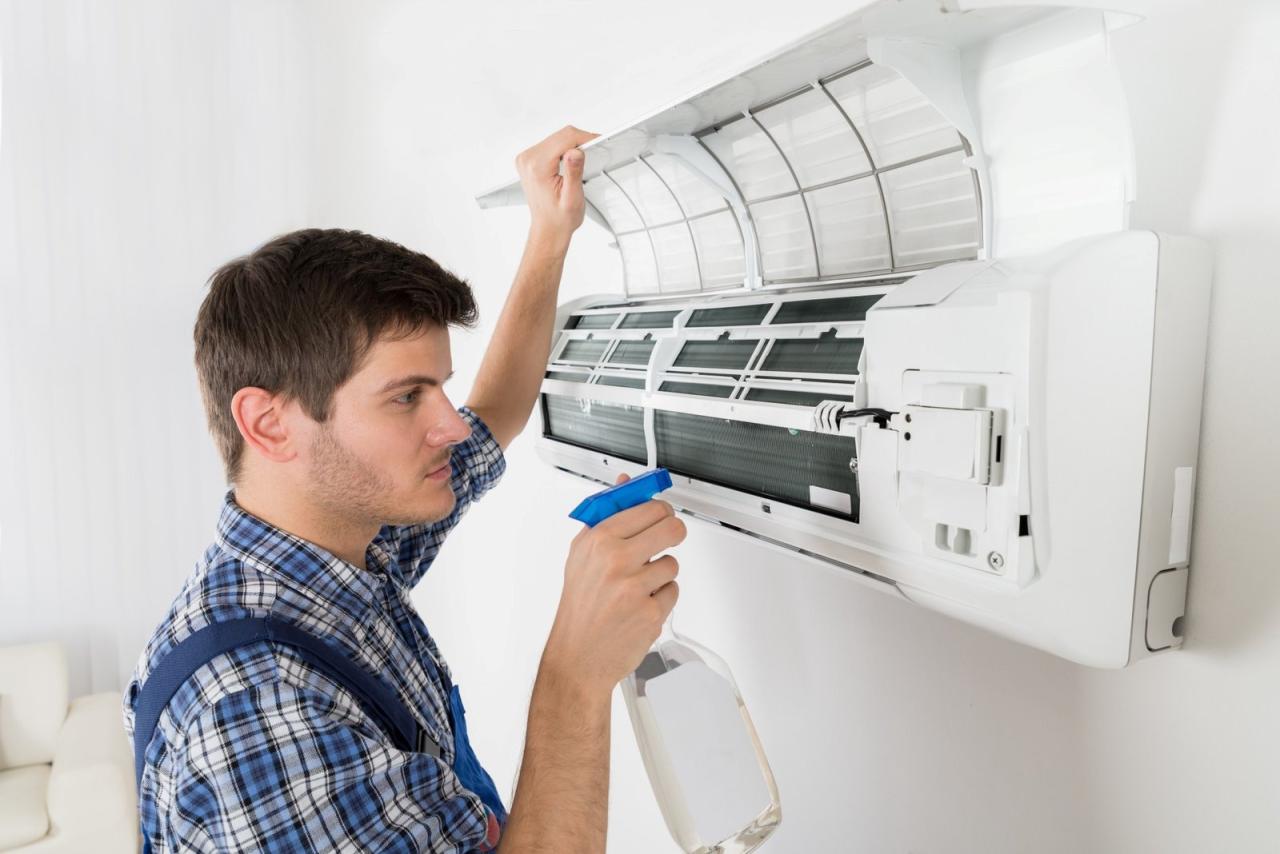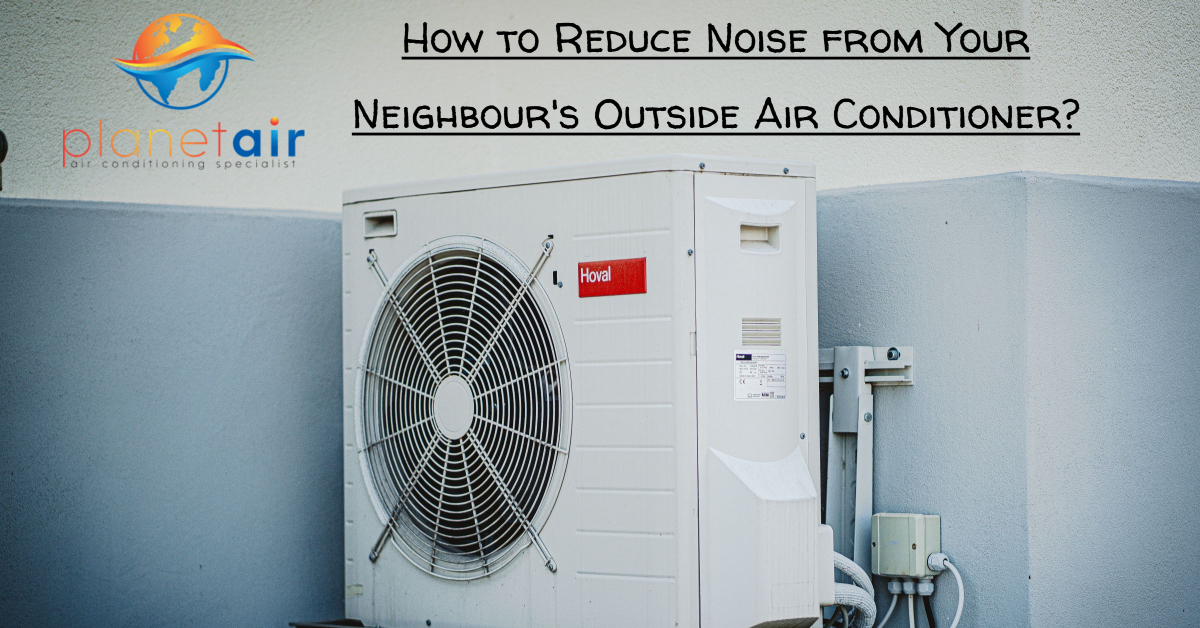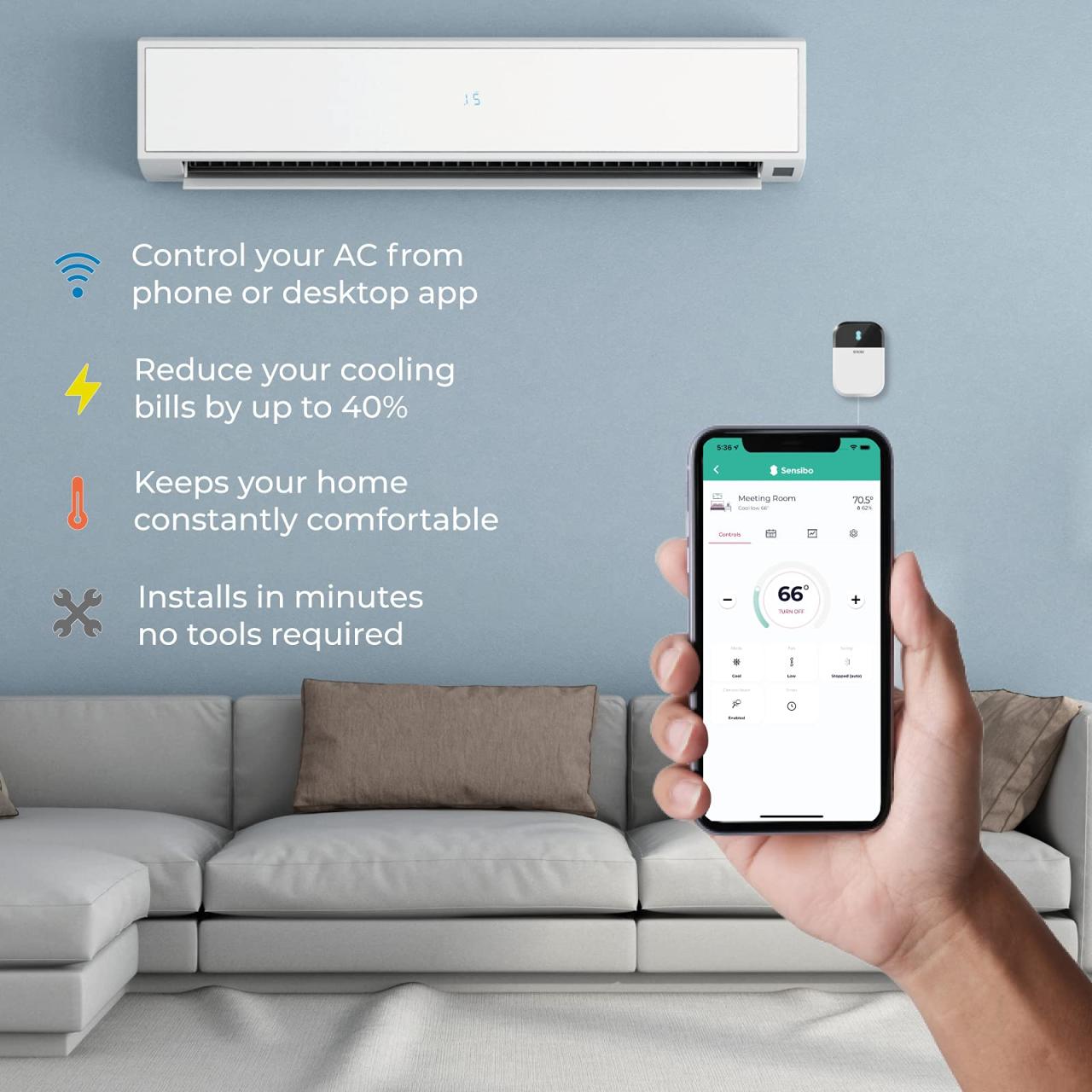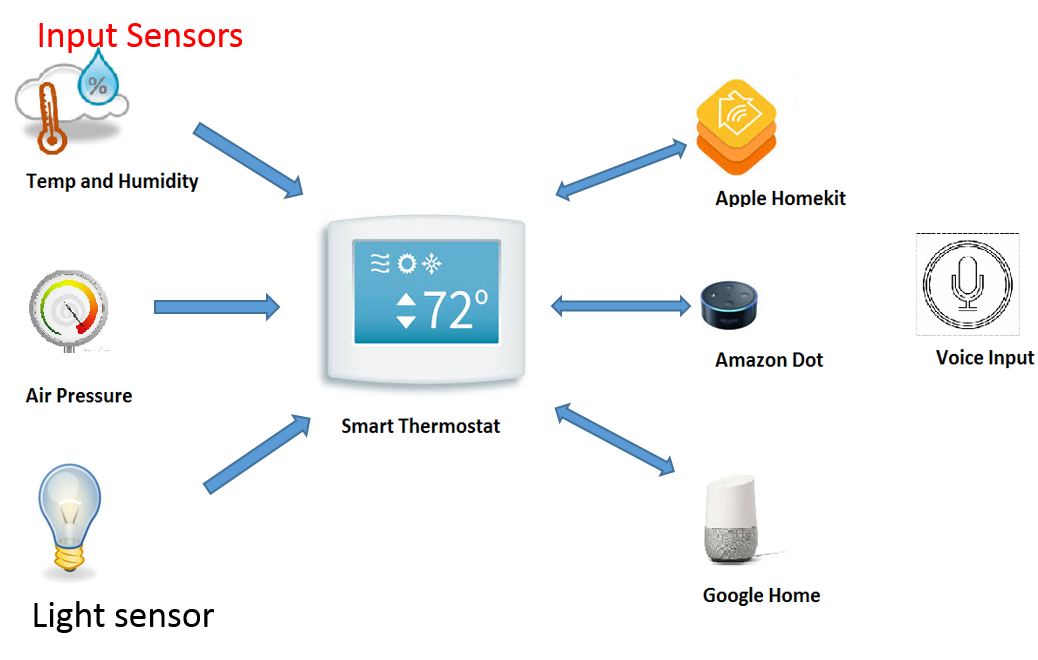Top eco-friendly air conditioning systems for modern homes: A Comprehensive Guide
In today's world, the focus on eco-friendly solutions has never been more crucial. With the rise of climate change awareness, the need for sustainable practices in our homes is paramount. This guide delves into the realm of eco-friendly air conditioning systems for modern homes, shedding light on their benefits, types, energy efficiency, and more.
Let's explore how these systems can revolutionize the way we cool our living spaces while minimizing our environmental footprint.
As we navigate through the different types of eco-friendly air conditioning systems and their installation and maintenance considerations, you'll gain valuable insights into creating a greener and more cost-effective home environment.
Introduction to Eco-friendly Air Conditioning Systems
Eco-friendly air conditioning systems are cooling systems that are designed to have minimal impact on the environment. These systems are energy-efficient, use eco-friendly refrigerants, and are built with sustainable materials.
Using eco-friendly air conditioning systems in modern homes is essential to reduce the carbon footprint and combat climate change. With the increasing global temperatures, it is crucial to opt for sustainable cooling solutions that do not contribute to environmental degradation.
Benefits of Eco-friendly Air Conditioning Systems
- Energy Efficiency: Eco-friendly systems consume less energy, leading to lower electricity bills and reduced energy consumption.
- Environmentally Friendly Refrigerants: These systems use refrigerants that do not deplete the ozone layer or contribute to global warming.
- Sustainable Materials: Eco-friendly systems are made from sustainable materials that can be recycled or disposed of responsibly.
- Improved Indoor Air Quality: These systems often come with advanced filtration systems that help purify the air inside homes, promoting better health and well-being.
Types of Top Eco-friendly Air Conditioning Systems
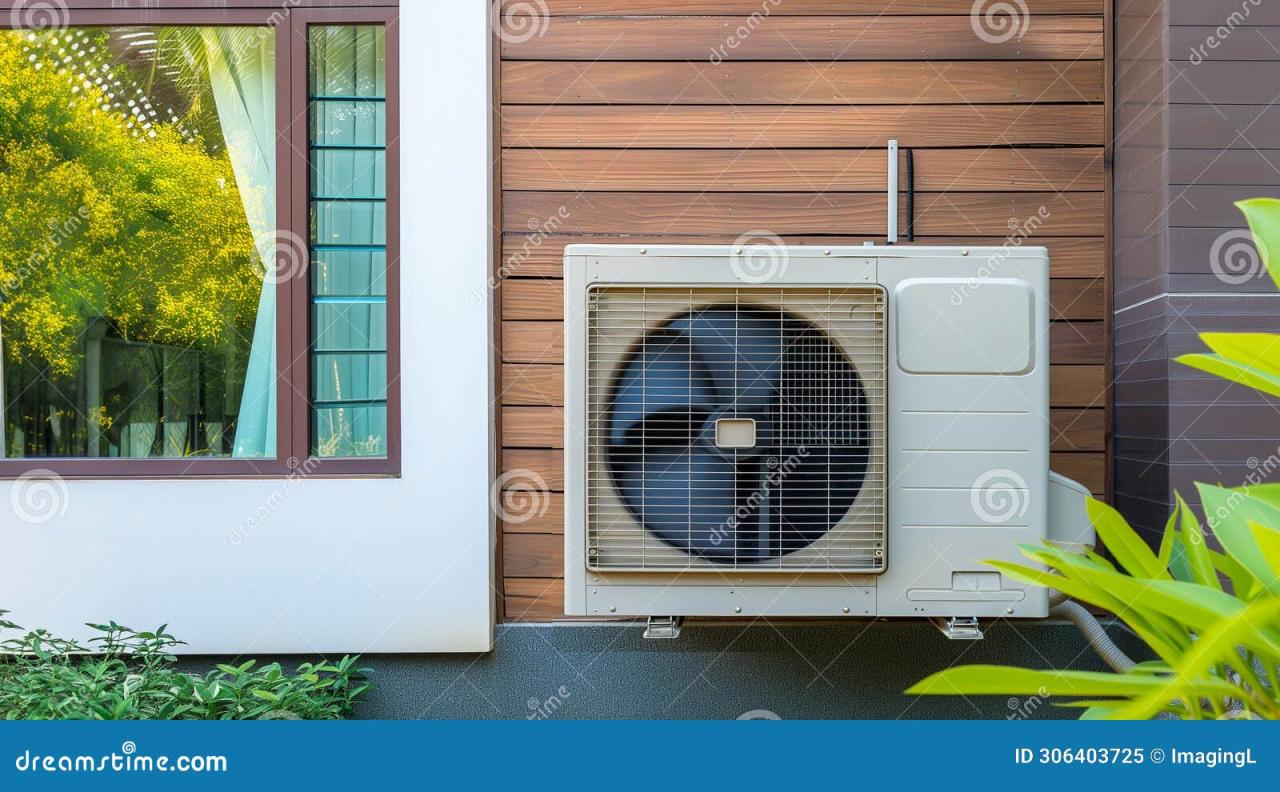
When it comes to choosing eco-friendly air conditioning systems for modern homes, there are several options available that are both efficient and environmentally friendly. Let's explore some of the top types of eco-friendly air conditioning systems:
Geothermal Cooling Systems
Geothermal cooling systems utilize the stable temperature underground to cool homes in a sustainable way. By circulating water through underground pipes, these systems extract heat from the earth and transfer it into the home, providing efficient cooling without relying on traditional energy sources.
Ductless Mini-Split Systems
Ductless mini-split systems are an excellent option for homes without ductwork. These systems consist of an outdoor compressor unit and indoor air-handling units, connected by refrigerant lines. They offer zone cooling, allowing homeowners to control the temperature in different areas of the house independently, resulting in energy savings.
Evaporative Coolers
Evaporative coolers, also known as swamp coolers, work by drawing warm air through water-saturated pads, which causes the water to evaporate and cool the air. These systems are energy-efficient and environmentally friendly, as they use significantly less electricity compared to traditional air conditioners.
Energy Efficiency and Cost Savings
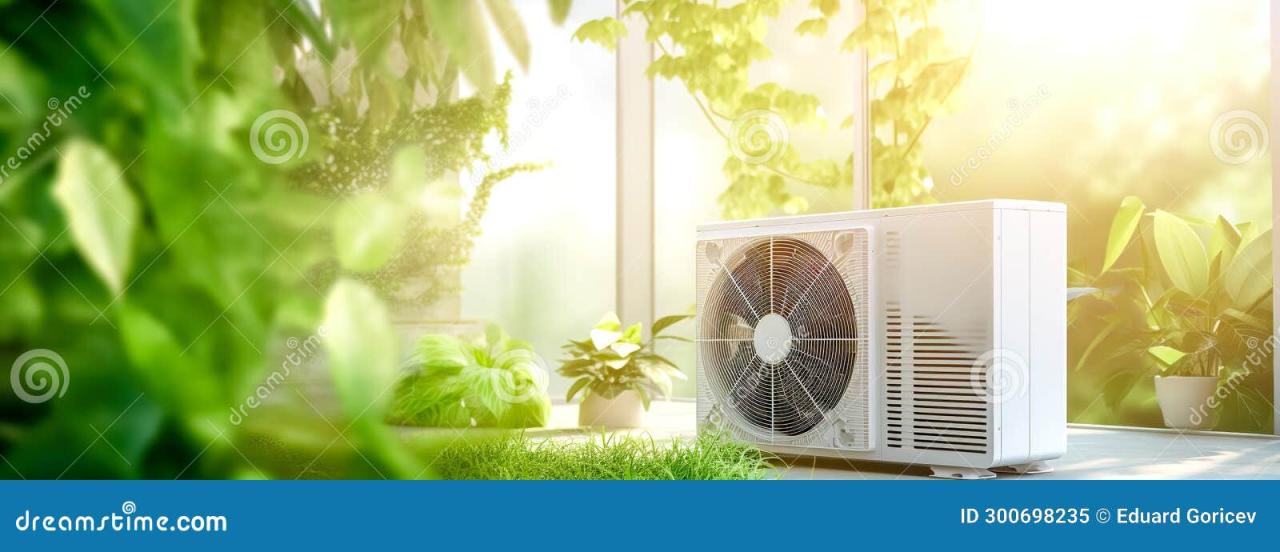
When it comes to eco-friendly air conditioning systems, one of the key benefits is their energy efficiency, which can lead to significant cost savings over time.
Energy Efficiency Ratings
Eco-friendly air conditioning systems are designed to operate with high energy efficiency ratings, such as SEER (Seasonal Energy Efficiency Ratio) and EER (Energy Efficiency Ratio). These ratings indicate how efficiently the system uses energy to cool a space. By choosing a system with a higher SEER or EER rating, homeowners can reduce their energy consumption and lower their electricity bills.
Reducing Energy Consumption
- Advanced technologies like variable-speed compressors and programmable thermostats help eco-friendly air conditioning systems optimize their performance, adjusting cooling levels based on the actual needs of the space. This results in less energy wastage and lower overall energy consumption.
- Proper installation and regular maintenance of eco-friendly systems also play a crucial role in maximizing energy efficiency, ensuring that the system runs smoothly and efficiently.
Long-Term Cost Savings
- While eco-friendly air conditioning systems may have a higher upfront cost compared to traditional systems, the long-term cost savings can be substantial. By reducing energy consumption and lowering electricity bills, homeowners can recoup their initial investment over time.
- Additionally, many eco-friendly systems come with extended warranties and require less frequent repairs and replacements, further contributing to cost savings in the long run.
Installation and Maintenance Considerations
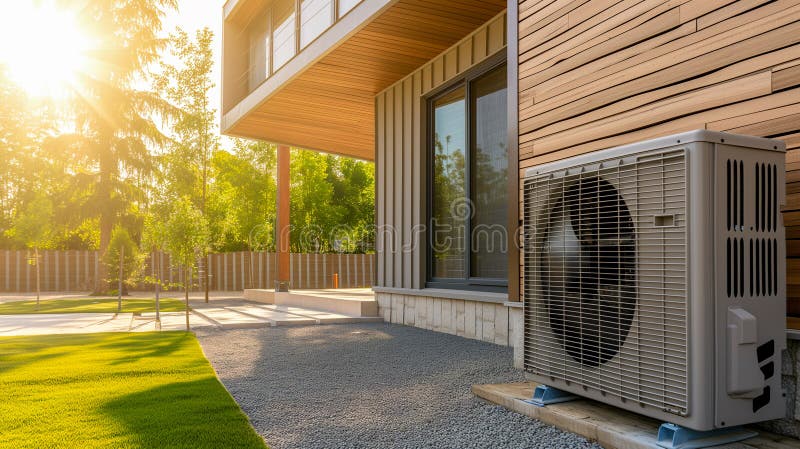
Installing and maintaining eco-friendly air conditioning systems in modern homes is essential to ensure optimal performance and longevity of the systems. Proper installation and regular maintenance are key factors in maximizing energy efficiency and cost savings.
Installation Process
- It is crucial to hire a professional HVAC technician experienced in installing eco-friendly air conditioning systems to ensure correct and efficient installation.
- Proper sizing of the system based on the home's square footage and insulation levels is essential for optimal performance and energy efficiency.
- Consideration of the home's layout and airflow patterns is important to ensure even distribution of cool air throughout the space.
Maintenance Requirements
- Regular cleaning and replacement of air filters are necessary to maintain proper airflow and prevent dust and debris buildup that can reduce efficiency.
- Annual professional maintenance checks should be scheduled to inspect the system, refrigerant levels, and overall performance to address any issues promptly.
- Ensuring proper sealing of ductwork and insulation of the home can improve efficiency and reduce energy consumption.
Considerations and Challenges
- Challenges may arise in retrofitting older homes with eco-friendly air conditioning systems due to existing ductwork or space limitations.
- Proper ventilation and humidity control are important considerations in maintaining indoor air quality and system efficiency.
- Choosing a system with eco-friendly refrigerants is crucial to reduce environmental impact and comply with regulations.
Closing Summary
In conclusion, embracing eco-friendly air conditioning systems for modern homes not only contributes to a healthier planet but also offers long-term cost savings and energy efficiency benefits. By choosing sustainable cooling solutions, we take a step towards a more environmentally conscious lifestyle.
Dive into the world of eco-friendly air conditioning and make a positive impact on your home and the planet.
Essential FAQs
Are eco-friendly air conditioning systems more expensive to install?
Eco-friendly systems may have a higher initial cost, but they often lead to long-term savings on energy bills and maintenance expenses.
Do eco-friendly air conditioning systems require specialized maintenance?
While they have specific maintenance requirements, eco-friendly systems are generally easy to maintain and ensure optimal performance with regular upkeep.
Can eco-friendly air conditioning systems be integrated into existing homes?
Yes, eco-friendly systems come in various types and sizes, making it possible to retrofit them into most modern homes with the help of professional installation services.
